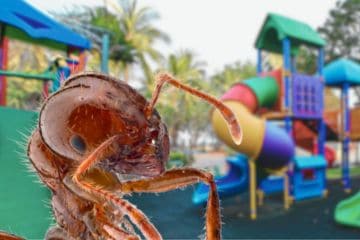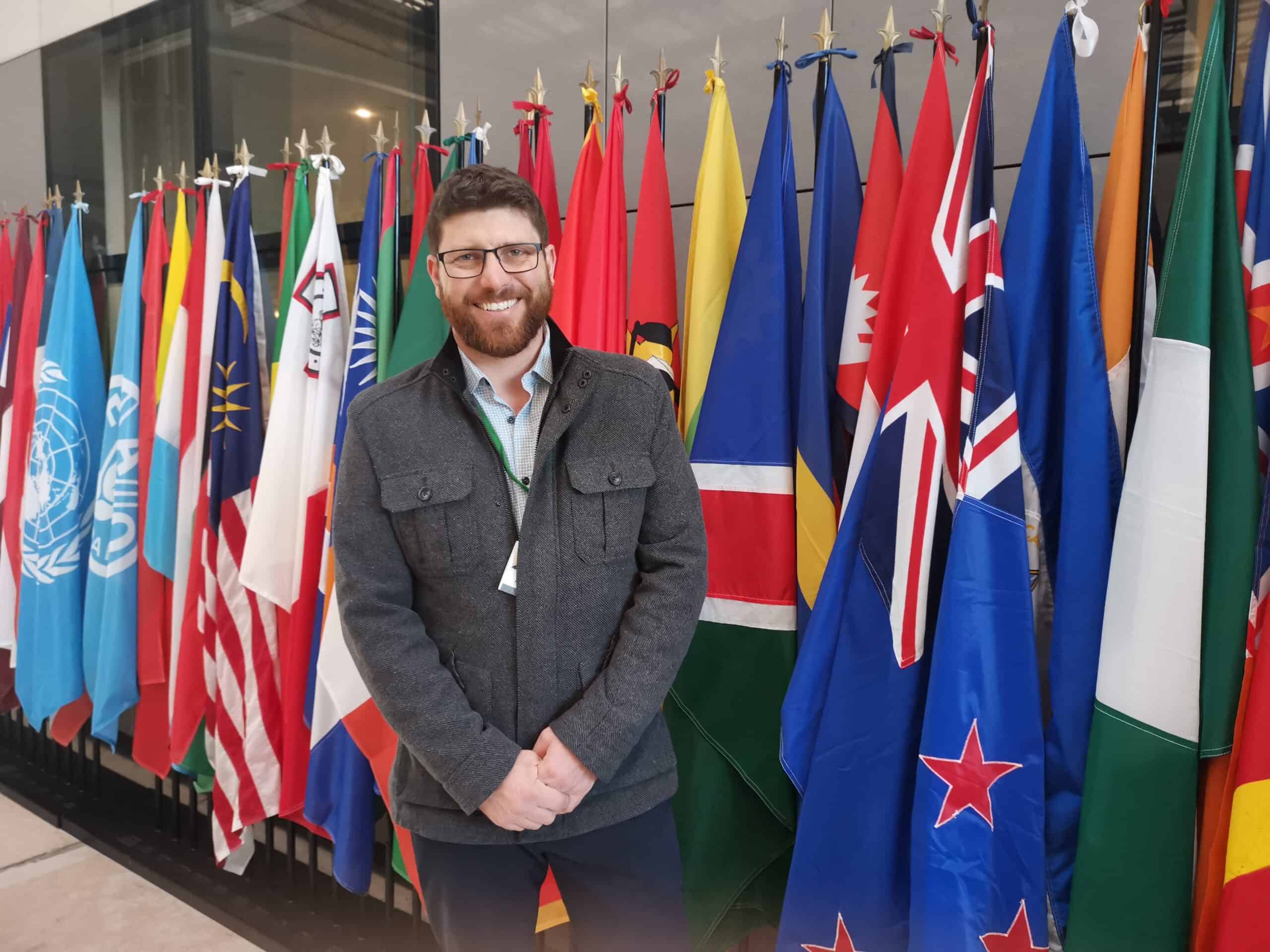
How we’re using AI to save quolls, night parrots, bettongs and kowaris from feral cats
Cats have contributed to the extinction of 27 of Australia’s native animals, including the Yallara (lesser bilby) and the paradise parrot. Both species are now lost from our memories forever. Now, ISC is working with Thylation — the group behind the Felixer to supply local land managers with innovative new devices that use artificial intelligence to control feral cats and save Australia’s threatened species.



















